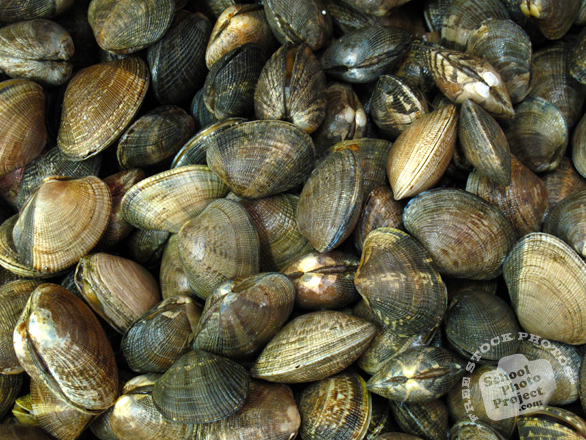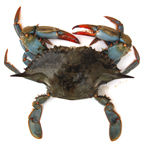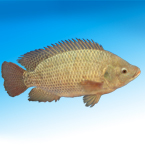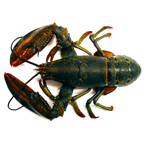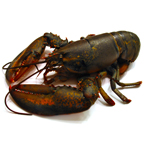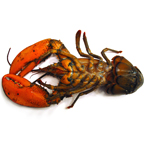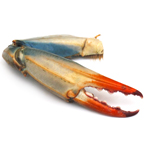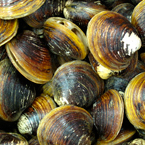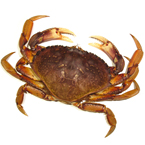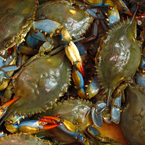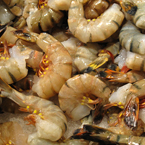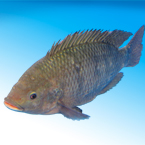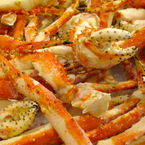Clam
The word "clam" can be applied
to freshwater mussels, and other freshwater bivalves,
as well as marine bivalves.
In the United States, "clam" can be used
in several different ways: one, as a general term
covering all bivalve molluscs. The word can also
be used in a more limited sense, to mean bivalves
that burrow in sediment, as opposed to ones that
attach themselves to the substrate (for example
oysters and mussels), or ones that can swim and
are migratory, like scallops. In addition "clam"
can be used in an even more limited sense, to mean
one or more species of commonly consumed marine
bivalves, as in the phrase clam chowder, meaning
shellfish soup usually made using the hard clam.
Many edible bivalves have a roughly oval shape;
however, the edible Pacific razor clam has an elongated,
parallel-sided shell, whose shape suggests that
of an old-fashioned straight razor.
In the United Kingdom, "clam" is one of
the common names of various species of marine bivalve
mollusc, but it is not used as a general term to
cover edible clams that burrow, and it is not used
as a general term for all bivalves.
Numerous edible marine bivalve species live buried
in sand or mud, and respire by means of siphons,
which reach to the surface. In the United States,
these clams are collected by "digging for clams"
or clam digging.
(Source: Wikipedia.org)
|






